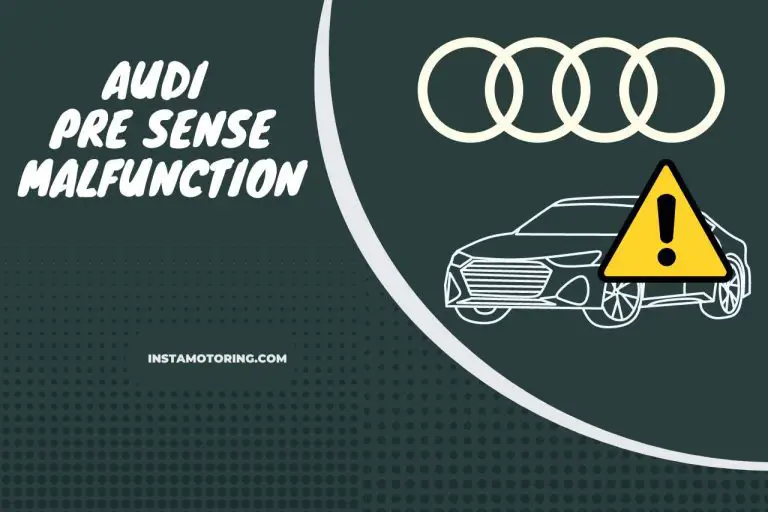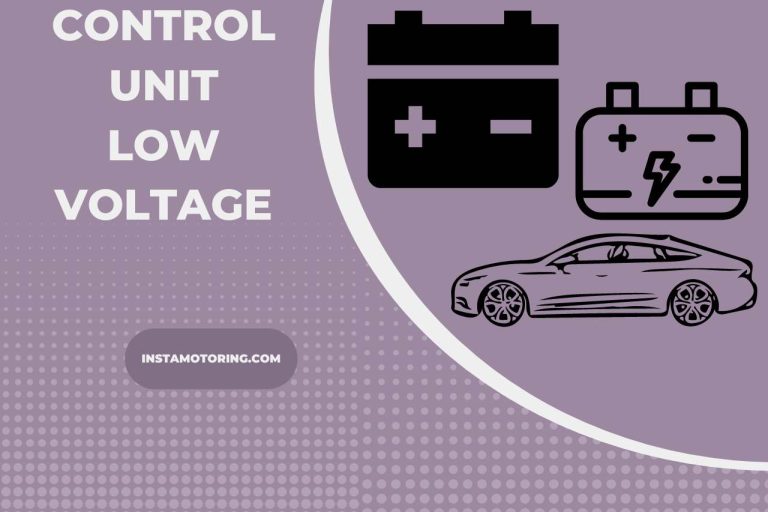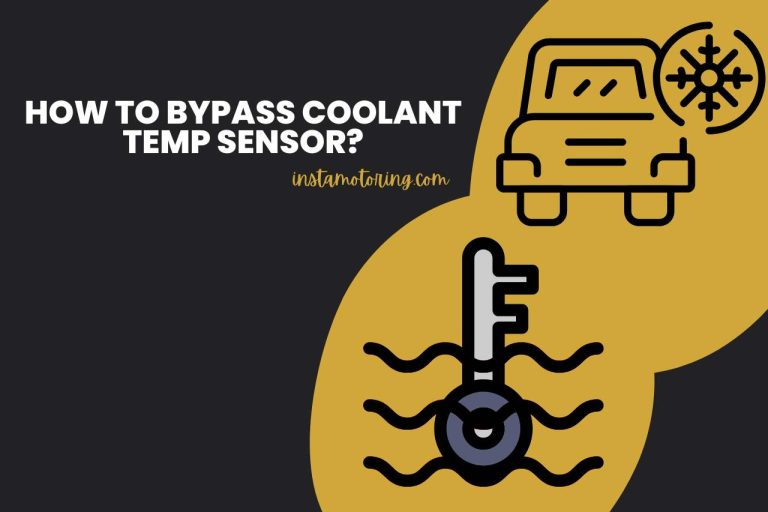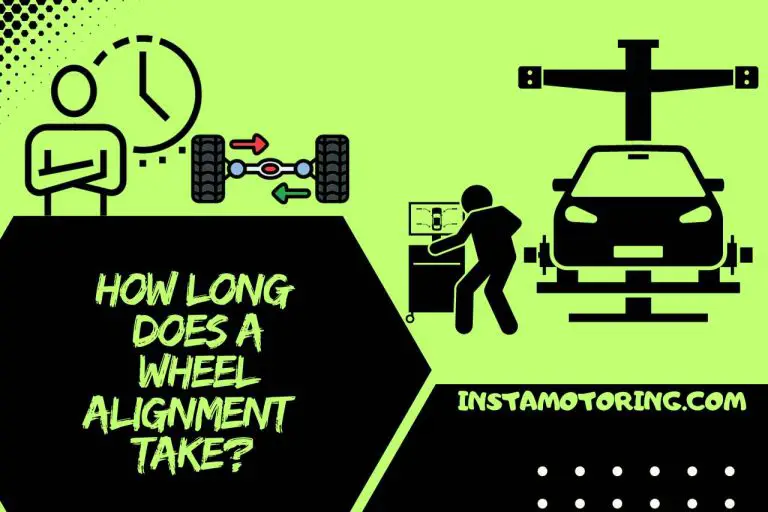Benefits of Removing Car Thermostat – Mechanical Simplicity!
Is your car overheating all the time? If so, it can be an issue with your car’s thermostat. The thermostat is responsible for maintaining a stable temperature in your car; therefore, the engine will overheat without a thermostat. Interestingly though a thermostat is useful and mandatory in a car, do you know that there are benefits of removing the car thermostat?
This article covers some interesting things you might want to know about the car thermostat. You will learn the benefits of removing a car thermostat, why it is necessary, how it affects the engine’s lifespan, and many other related areas. Let’s dive in!
Why would you Consider Removing the Thermostat in your Vehicle?
There are a few reasons. Let’s look at a few of them. Usually, the coolant in the car flows freely, but with a thermostat, this function is restricted.
The coolant ensures a consistent and stable air flow through the engine so that it will not overheat in hot weather or during long drives.
The thermostat cannot maintain the required operating temperature when it controls the coolant. The coolant ensures the right temperatures prevail when the vehicle is heavily engaged.
Removing the thermostat boosts the activity of the engine. While this may not work for every vehicle, without any restrictions on the coolant, it will help the engine reach its maximum operating temperature faster, improving its lifespan, increasing power, and many other benefits.
Other reasons include simplifying the cooling system and low maintenance costs.
How does the Thermostat Function in a Vehicle’s Cooling System?
In the same way, we feel hot when the temperature is high and cold when the temperature is low; the engine also requires a moderate temperature to function.
You can locate the thermostat on any vehicle’s engine block with a liquid-cooled engine.
The coolant is responsible for cooling down the engine when it reaches its optimal temperature.
The thermostat prevents the flow of coolant so that the engine has enough time to warm up when it’s too cold.
The engine gets heated in no time thanks to the thermostat because if more time is taken for heating, the engine will wear out soon, leading to other consequences, including deposits and emissions.
Improving Engine Cooling: Can Removing the Thermostat Help?
Yes, it does improve engine cooling. We know that the thermostat regulates the temperature of the engine.
The thermostat acts like a barrier for the coolant. Therefore, if the thermostat is removed, coolant will flow freely to the radiator without any restrictions. However, this works better with either heavy-use vehicles or high-performance vehicles.
If the thermostat is removed, the coolant will work consistently. Especially when the climate is hot or you have been driving continuously, the coolant will ensure the engine does not overheat.
However, being too cold is also bad for the engine. That is why a vehicle needs a thermostat. The thermostat will block the coolant from flowing to the radiator so the engine can warm up again.
Potential Fuel Efficiency Gains: Does Thermostat Removal Impact Fuel Consumption?
Yes, it does. There will be a high consumption of fuel if the thermostat is removed. Let’s see why this happens.
By now, we know that the thermostat restricts the coolant flowing freely and is responsible for maintaining an adequate or operating temperature.
The coolant helps to cool the engine when the heat rises. When the thermostat is removed, the coolant will require more fuel to regulate the temperature.
The CTS (Coolant Temperature Sensor) will combust more fuel than usual to regularize the temperature. Remember that allowing the engine to overcome will have long-term effects on the car.
Addressing Overheating Issues: Can Thermostat Removal Solve the Problem?
No. Many vehicle users think that removing the thermostat solves overheating, which is a misconception. The engine overheating happens for many other reasons, including damaged radiator caps, warped cylinder tops, etc.
The only thing that happens after removing the thermostat is that it takes lesser time to overheat than when the thermostat is present. Thus, you may think removing your car’s thermostat is the only way to solve the overheating issue. It will only aggravate the problem than solving it.
If the thermostat is removed, there will be excessive heat generated in the radiator. The coolant will work as usual but will not reduce the heat. However, if the thermostat is present, it will regulate the temperature so that the engine will neither be overheated nor overcooled.



Is there a Connection Between Thermostat Removal and the Lifespan of the Engine?
Yes, there is a connection between the two. The thermostat is mounted on the engine and is there for a reason.
In the same way, users wrongly believe that removing the thermostat will resolve the overheating issue in their cars; many also think that removing the thermostat will not affect the engine.
Removing the thermostat will reduce the lifespan of the engine. We learned how the cooling system gets disrupted when the thermostat is removed. Therefore, when the car’s cooling system fails, it will eventually damage the engine.
Removing the thermostat also increases the consumption of fuel. Hence, when the cooling system demands more fuel, the temperature increases. Due to extreme heat and unable to withstand it, the engine explodes.
You will have to bear a huge cost to replace a damaged engine; therefore, removing the thermostat isn’t a good idea.
Monitoring Engine Temperature: What Precautions are Necessary After Thermostat Removal?
In case you decide to get rid of the thermostat despite the consequences, there are a few precautions you will have to take.
However, the only reason you feel your car doesn’t require a thermostat is when the car overheats despite having the thermostat. The best solution to this problem is not removing the thermostat but replacing it or checking for a faulty thermostat.
Usually, after 10 years, many thermostats begin to produce issues. One of the best ways to identify if your car’s thermostat isn’t working right is when the engine overheats.
The issue can be due to a faulty thermostat, too, but in most instances, it sends you a signal for a replacement.
Can you Remove the Thermostat Yourself?
Yes, it is possible to remove the thermostat in your car by following six simple steps. However, remember to remove the thermostat provided it is damaged or faulty; if not, it is best to have a thermostat in your car.
First, you need to find the thermostat. It is mounted on the engine, and you can find it between the radiator and the engine.
Next, drain the coolant to avoid spillages. You can use a drain pan and place it under the radiator. Then, open the plug so that the coolant flows out. Additionally, take off the radiator cap to quicken the process.
Start removing the thermostat housing only if you are certain the coolant is completely drained. You must use a wrench or a socket and unfasten the bolts or screws.
Once the housing is removed, you can easily access the thermostat. Carefully displace the thermostat by pulling it out slowly. Ensure that no damage is caused to the surrounding components.
The housing has to be put back and checked if it has a rubber gasket or a sealant. It is better to replace the rubber gasket with a new one and the sealant with a new bead of sealant.
The final step is to refill the coolant. The type and the amount of coolant will differ from one vehicle to another; therefore, ensure to have an idea before refilling. Once you finish filling the coolant into the radiator, replace the radiator cap and fasten it.
Cold Weather Considerations: Does Thermostat Removal Affect Winter Driving?
Yes, it does. Since the temperature is very low in winter, your engine will be colder than usual. If the thermostat is removed, the cooling system will disfunction, eventually overheating and even ceasing the engine.
Enhanced Heat Dissipation: Is Thermostat Removal Effective in Hot Climates?
Not really. If the thermostat is removed when the climate is hot outside, the coolant will try to keep the engine cold to prevent overheating; therefore, it will not maintain the required temperature within the radiator.
The radiant coolant takes time to dissipate heat; therefore, removing the thermostat isn’t beneficial in hot climates.
Watch this one,
Video Credits – POWERNATION
You May Also Like



My name is James, I work as an Automotive Designer with 9 years of experience. I also work as a mechanic and vehicle inspector. I love deciphering complicated car exteriors and interiors and resolving fluid and oil troubles. InstaMotoring.com is here to help you troubleshoot your car with dependable and expert help.







